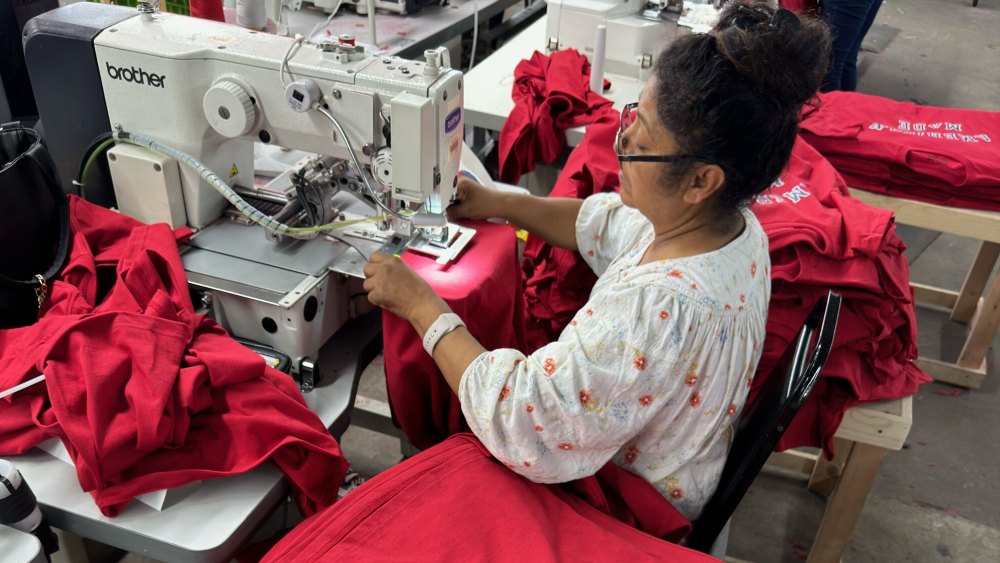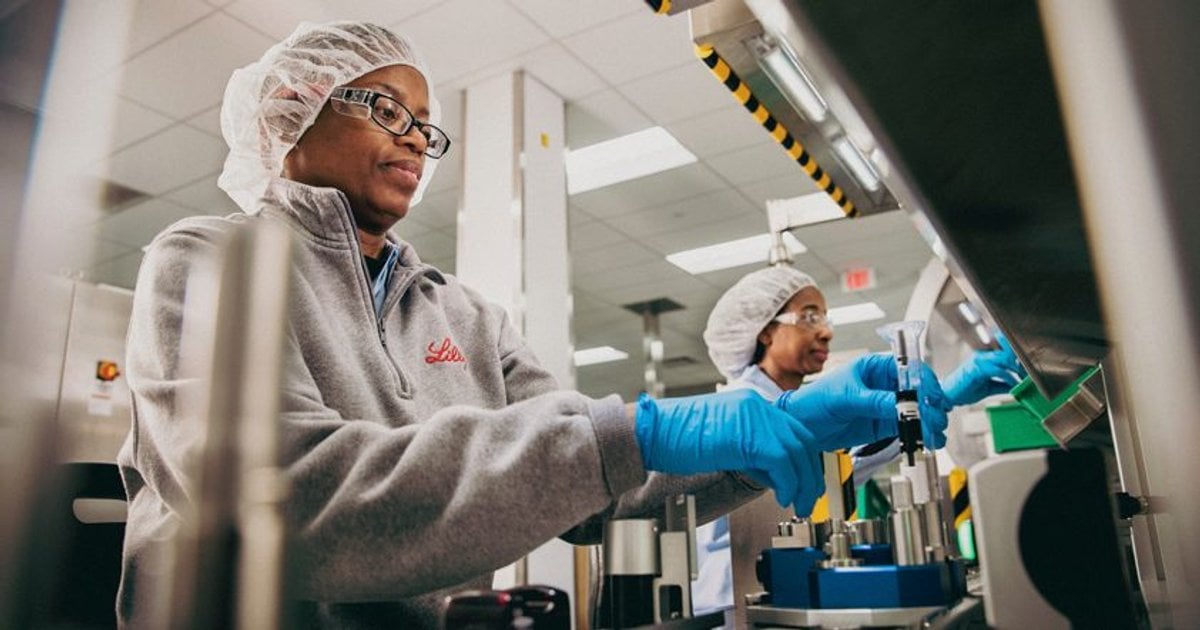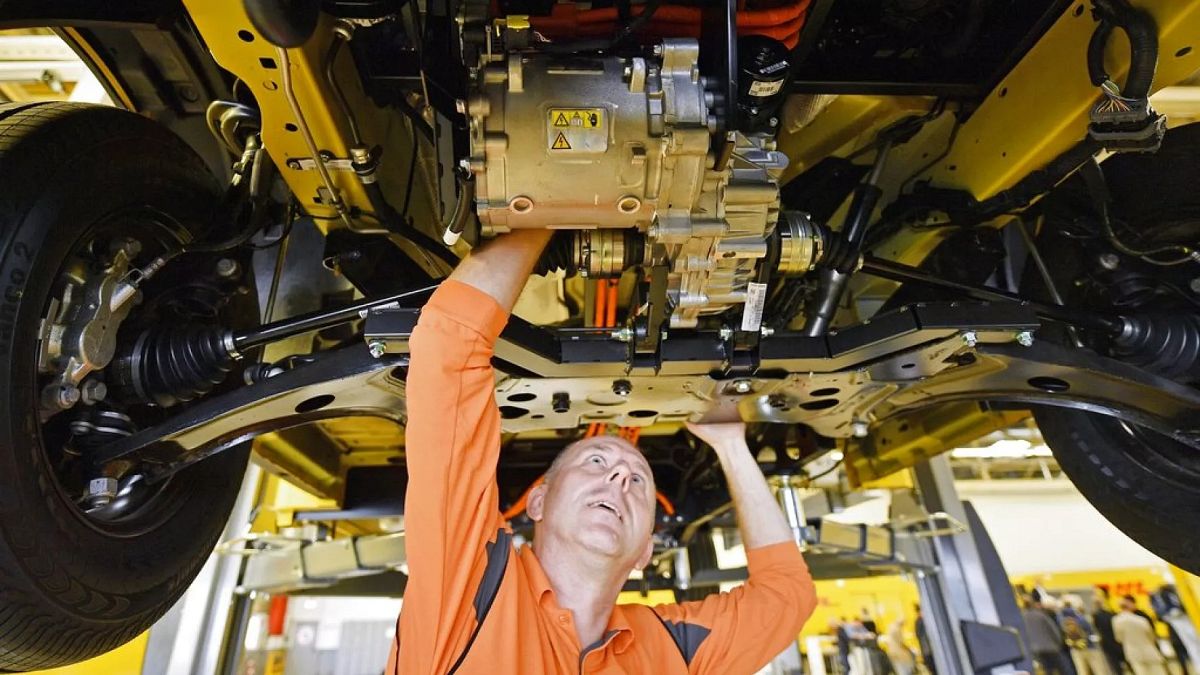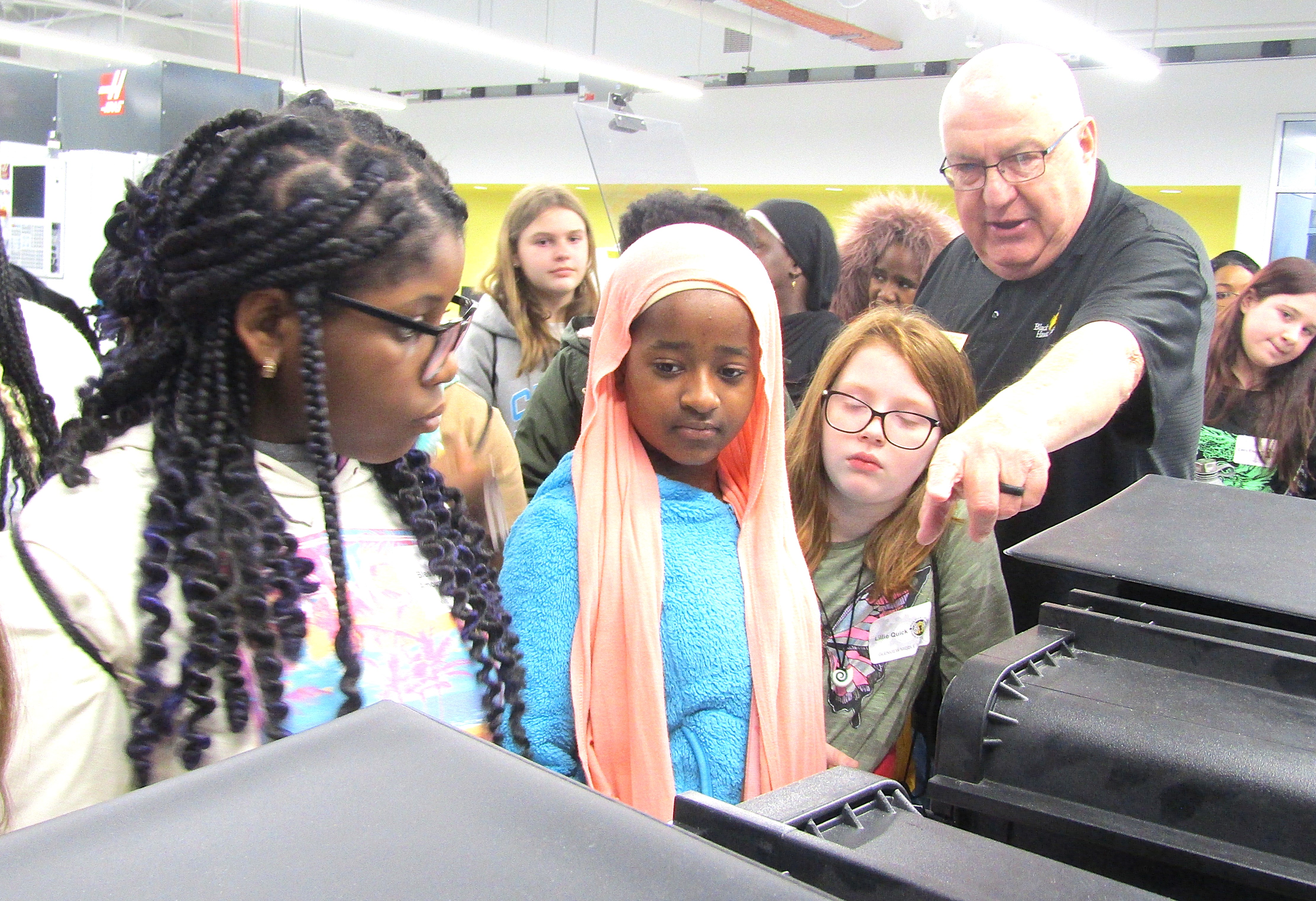Threads of Uncertainty: Can Trump's Trade Gambit Revive America's Apparel Manufacturing?
Manufacturing
2025-03-27 04:01:00Content

The American Textile Revival: Can Trump's Tariffs Breathe New Life into Manufacturing?
President Trump's ambitious trade strategy aims to reignite the once-thriving U.S. apparel manufacturing sector, but the path to revival is fraught with complex challenges. Despite aggressive tariffs designed to discourage offshore production, the industry faces steep obstacles that have eroded American textile manufacturing over decades.
The dream of reshoring apparel production confronts harsh economic realities. Decades of outsourcing to countries with significantly lower labor costs have fundamentally reshaped global manufacturing landscapes. While tariffs create economic pressure on international suppliers, domestic manufacturers struggle with high production expenses, limited skilled labor, and entrenched global supply chains.
Key challenges include astronomical startup costs for new manufacturing facilities, the scarcity of specialized textile workers, and the intricate global networks that have made overseas production remarkably efficient. Although patriotic sentiment and political rhetoric support domestic manufacturing, the economic mathematics remain daunting.
Innovative companies are exploring hybrid approaches, combining advanced automation with strategic domestic production. However, completely reversing decades of industrial migration remains an extraordinary challenge that requires more than punitive trade policies.
The future of American textile manufacturing hangs in a delicate balance—caught between protectionist ambitions and the ruthless economics of global trade.
Reviving American Manufacturing: The Complex Tapestry of Textile Industry Resilience
In the intricate landscape of global economic transformation, the United States stands at a critical crossroads, grappling with the profound challenges of reinvigorating its domestic manufacturing sector. The apparel industry, once a cornerstone of American industrial might, now finds itself navigating a labyrinth of economic, political, and technological obstacles that challenge the very notion of a manufacturing renaissance.Rebuilding America's Industrial Fabric: A Journey of Determination and Innovation
The Economic Paradox of Domestic Production
The resurgence of American manufacturing represents a complex economic puzzle that extends far beyond simple political rhetoric. Decades of aggressive outsourcing have fundamentally transformed the industrial landscape, creating deep-rooted structural challenges that cannot be overcome through tariffs alone. Manufacturers face a multifaceted challenge of rebuilding infrastructure, retraining workforce, and competing with global supply chains that have become increasingly sophisticated and cost-effective. The economic calculus of domestic production involves intricate considerations of labor costs, technological capabilities, and global market dynamics. While protectionist policies aim to incentivize local manufacturing, the reality is far more nuanced. Companies must navigate a delicate balance between cost efficiency and national economic strategy, weighing the long-term benefits of domestic production against short-term financial pressures.Technological Innovation as a Manufacturing Catalyst
Advanced manufacturing technologies are emerging as a potential game-changer in the revitalization of the American textile and apparel sector. Automation, artificial intelligence, and advanced robotics are reshaping production methodologies, offering unprecedented opportunities for efficiency and precision. These technological interventions can potentially offset traditional labor cost disadvantages, creating a more competitive domestic manufacturing environment. Cutting-edge manufacturing facilities are increasingly adopting smart technologies that enable rapid prototyping, flexible production lines, and real-time quality control. These innovations represent more than mere technological upgrades; they signify a fundamental reimagining of manufacturing processes that could restore the United States' competitive edge in global industrial production.Labor Dynamics and Workforce Transformation
The renaissance of American manufacturing hinges critically on workforce development and skills training. Years of industrial decline have created significant gaps in specialized manufacturing skills, necessitating comprehensive educational and training programs. Community colleges, vocational institutions, and industry partnerships are becoming crucial in rebuilding the human capital required for advanced manufacturing. Moreover, the emerging workforce requires a fundamentally different skill set compared to previous generations. Proficiency in digital technologies, advanced manufacturing techniques, and adaptive problem-solving has become paramount. This transformation demands substantial investment in human capital, challenging traditional perceptions of manufacturing as a low-skill industry.Policy Landscape and Strategic Interventions
Government policies play a pivotal role in shaping the manufacturing ecosystem. Targeted tax incentives, research and development grants, and strategic trade policies can create an environment conducive to domestic production. However, these interventions must be carefully calibrated to avoid unintended economic consequences and maintain global competitiveness. The intricate dance between protectionist measures and open market principles requires nuanced policymaking. Tariffs alone cannot solve the complex challenges facing American manufacturing; they must be complemented by comprehensive strategies that address infrastructure, innovation, and workforce development.Sustainability and Ethical Manufacturing
Modern manufacturing increasingly intersects with sustainability and ethical production considerations. Consumers are demanding greater transparency, environmental responsibility, and fair labor practices. This shift presents both a challenge and an opportunity for American manufacturers to differentiate themselves in the global marketplace. By embracing sustainable practices, leveraging advanced technologies, and prioritizing ethical production, the United States can potentially reposition its manufacturing sector as a global leader in responsible industrial production.RELATED NEWS
Manufacturing

Water Heater Giants Merge: Bradford White Expands Empire with Strategic Bock Acquisition
2025-04-04 15:58:07
Manufacturing

Market Momentum Stalls: Manufacturing Data Dampens Wall Street's Early Optimism
2025-03-03 16:30:00
Manufacturing

Chip Giant TSMC: Ken Fisher's Tech Bet That Could Revolutionize Investor Portfolios
2025-05-03 14:19:57





